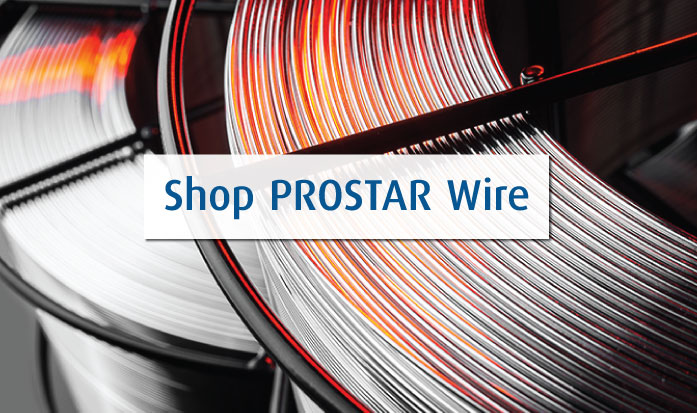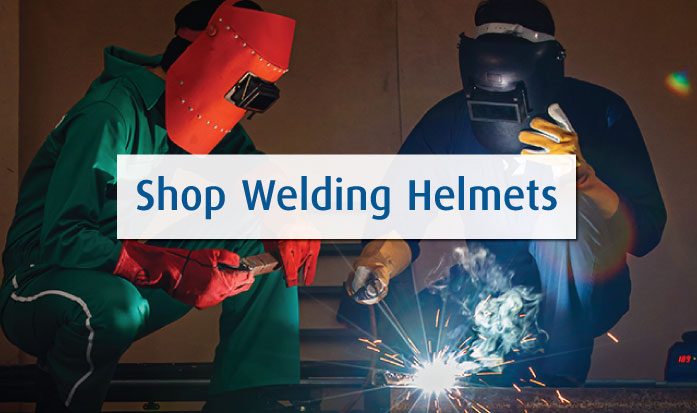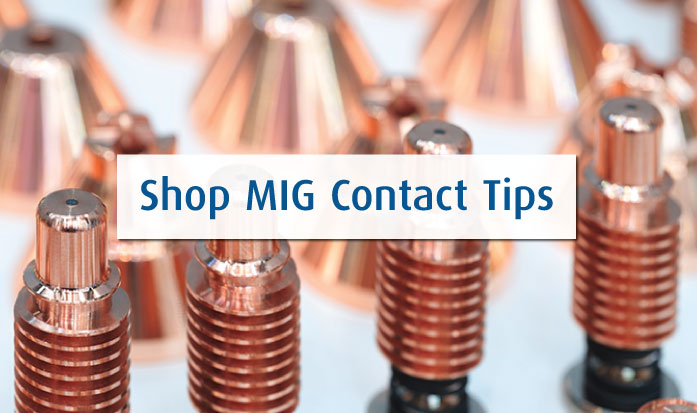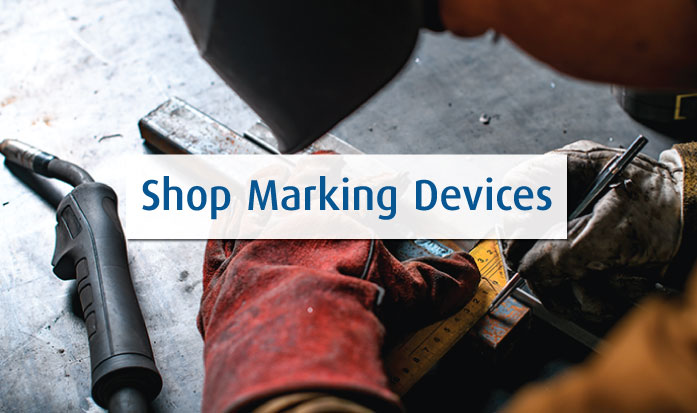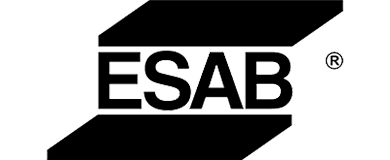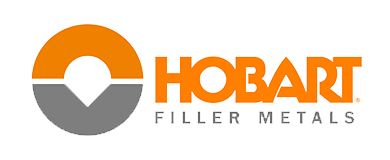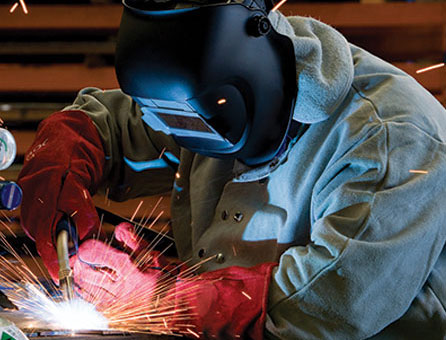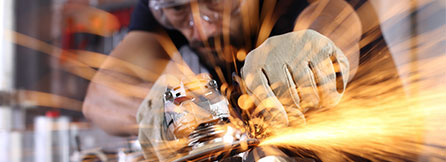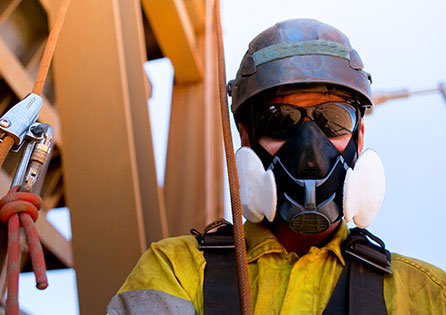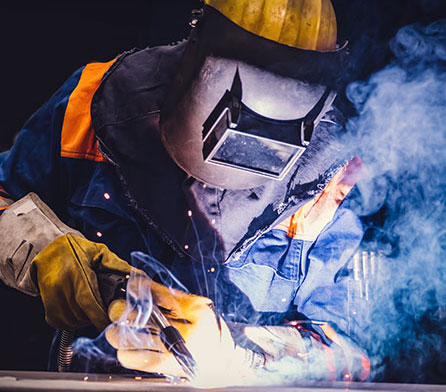What Are 6013 Welding Rods Used For? MOVE TO FAQS
Table of Contents:→ Understanding the Welding Electrode Code |
The E6013 welding electrode, often just called “6013 welding rod” can be a valuable tool in any stick welder’s arsenal. Although sometimes grouped with 6010 and 6011 electrodes due to their similarities in tensile strength, 6013 welding rods can provide a distinct welding experience. In this article, we’ll discuss what makes this electrode uniquely suited to certain stick welding applications.
Understanding the Welding Electrode Code
Each type of electrode has its own code based on the classification system developed by the American Welding Society (AWS). In this system, the first two digits represent the minimum expected tensile strength of the weld, the third digit indicates which positions the electrode can be used in, and the fourth digit is associated with the type of flux coating on the rod.
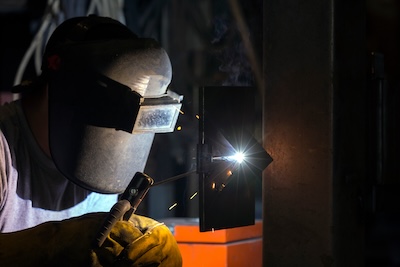
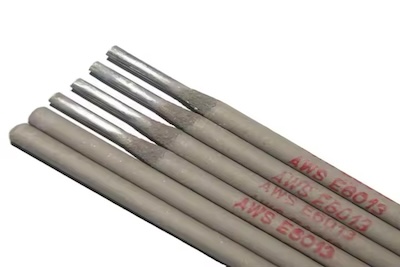
The first two digits, 60, indicate that an E6013 rod can create welds with a tensile strength of 60 ksi or 60,000 psi. As a result, the 6013 is often associated with the 6010 and 6011 electrodes; however, 6010 and 6011 share more similarities with each other than with 6013.
The third digit, 1, signifies that a 6013 welding rod can be used in all positions. This includes flat, horizontal, vertical up, vertical down, and overhead. This universal position compatibility gives 6013 a clear advantage in tricky welding situations where positioning or movement may be limited.
The final digit, 3, identifies the E6013 electrode’s key differentiator: its flux. The number 3 indicates a high titania potassium flux, which is sometimes referred to as a rutile potassium flux. This composition produces a soft, smooth arc as the electrode melts. It facilitates a higher deposition rate than 6010 and 6011 welding rods with shallow to medium penetration. This digit also specifies which types of power outputs the rod is compatible with. In the case of 6013, it can be used with either an AC or a DCEP output. DCEN is not recommended for this particular electrode.
Why Use a 6013 Welding Rod?
A 6013 welding rod is widely regarded as a staple electrode in sheet metal fabrication. While its versatility in welding positions certainly gives it an advantage, that’s not its only benefit. It is often chosen for the clean weld profile that it produces when properly wielded. Compared to other electrodes, 6013’s softer arc helps minimize spatter and its slag is relatively easy to remove.
These factors make E6013 a preferred choice for minimal post-weld cleanup. This rod is especially useful in cases of “poor fit-up,” where the edges of two pieces don’t line up perfectly due to bends, warpage, or space constraints. A 6013 electrode can help welders overcome the challenges of working with a poor fit-up and still produce a functional and visually pleasing result.

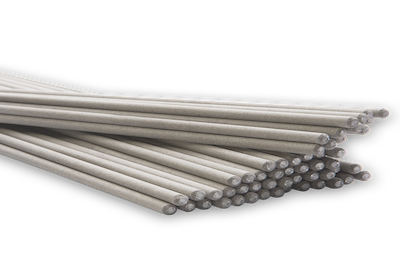
What Materials Can Be Welded with a 6013 Electrode
When choosing an electrode, the job at hand should be the primary consideration—starting with material compatibility. E6013 is compatible with mild or carbon steels. This type of electrode is surprisingly suited for use on thinner materials, thanks to its shallow penetration capabilities along with the fast travel speeds enabled by its high deposition rate. The E6013 performs well in many environments, even when used on materials that have not been cleaned to ideal welding conditions. This makes it a versatile and reliable choice for a range of applications.
6013 Electrode Applications
Some common 6013 welding rod uses include everyday repairs on steel equipment made with thin gauge materials across workshops, garages, or ranches. It may not produce a weldment as strong as a 7018 electrode but can still perform satisfactory repairs on many mild and carbon steel projects. While 6013 electrodes can produce good results for repair work, even better results can be achieved on brand-new sheet metal fabrications. Choosing 6013 for a new welding project can result in a weldment that balances visual appeal and joint strength, all with less post-weld cleanup than other electrodes.
If it sounds like 6013 may be a viable choice for your next stick welding project, give it a try. You can find everything you need to get started at Linde Gas & Equipment. Not sure where to begin? Contact our sales team and one of our welding experts can help figure out what you need.
NOTE
The information provided here is just an overview offered for the convenience of the reader and not a substitute for education, training, and development of the skills needed to use a stick welding machine safely and effectively.

